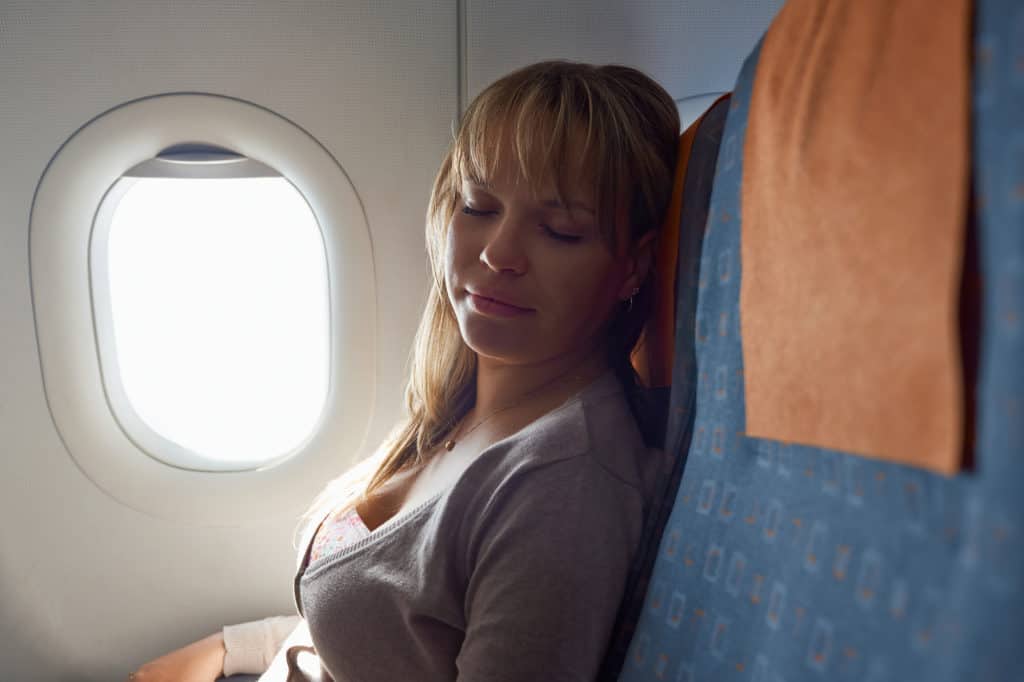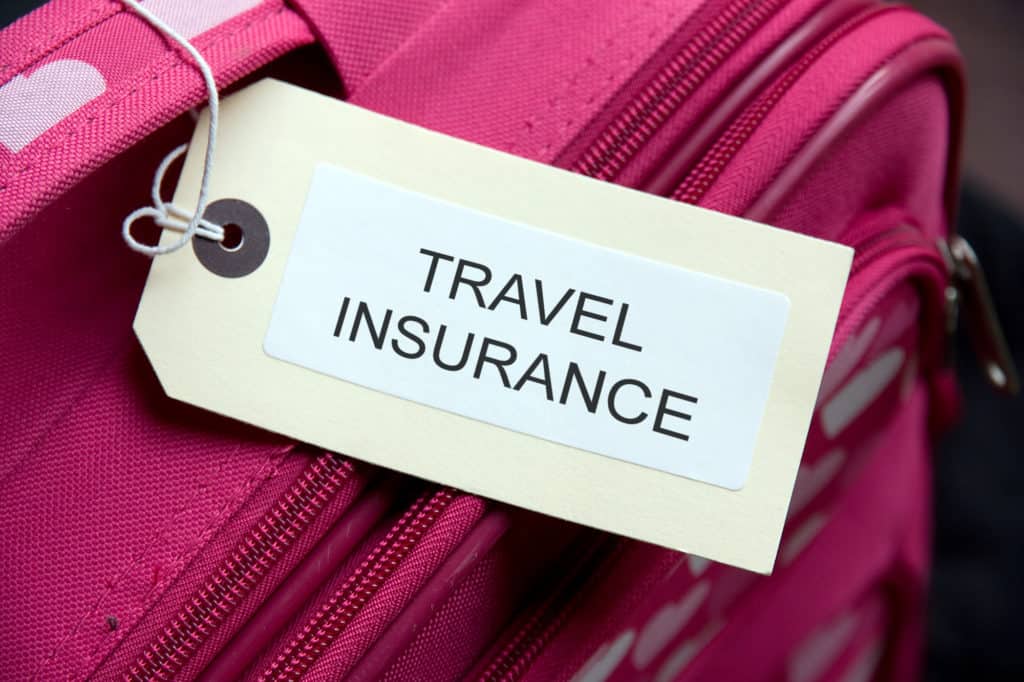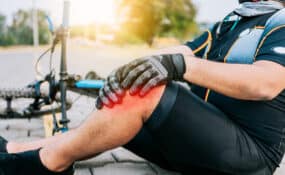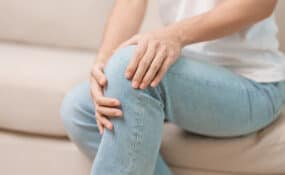People are starting to travel again, yet the world can feel like a restrictive place if you are constantly dealing with pain and discomfort. If you suffer from pain, then you probably think travel is for other people. You can’t do it. But that’s where you’re wrong. All you need is a bit of help.
Normal daily tasks can suddenly feel difficult and exhausting when suffering from pain. Simply trying to cook, clean, drive, walk, bend, or sit, can leave you feeling down and out. So how could you possibly enjoy travelling or a vacation?
Add the ‘invisibleness’ of your pain to any travelling situation, alongside the horrible way that your pain can flare without warning, and you’re understandably cautious – if not resistant – to traveling during the holidays.
However, you don’t have to miss out.
The world is opening up again after the global COVID pandemic and vacations are back in fashion. With some extra precautions and additional planning, your muscle and joint discomfort shouldn’t stop you traveling with family and friends.
Let’s take a look at how you can prepare.
Pain When Travelling: Flying
Before your trip, give yourself some extra time to pack. By taking the time to properly assemble the clothes and items that provide support and comfort, you can prevent overpacking and having to deal with heavy suitcases.
Not only will this help reduce stress, but you’ll know exactly what’s accompanying you on your travels.
Secondly, fill your medications well before your trip and make sure that you have enough for the duration of your entire journey. Pack them in your carry-on bag (and never in your checked luggage).Why? It puts your medication within quick reach just in case you need them.
While it may be tempting to stick your medication into the check-in luggage, there’s going to be a problem should you need to suddenly access your medication and pills. It always pays to have them within quick reach – just in case you need them.
Don’t forget to pack other helpful items like a heating pack, a neck pillow for long flights or train rides. A good pair of shoes remain really important if you plan to do a lot of travelling and walking, too.
It’s a good idea to ask your doctor to write a note, describing your condition in case you might need medical assistance.
If you are flying, plan to arrive at the airport early so you can maneuver through security and the terminal to your gate. This avoids the stress of time keeping. Stress can inflame any source of pain, and the calmer your check-in and security experience can be, then the less likely you are to suffer a sudden bout of pain or discomfort.
If you need a wheelchair at the airport, call your airline a few days before your flight. This will allow them to make the proper arrangements.
When passing through security, there is a chance that you will be selected for a secondary screen. You shouldn’t need to panic. Just let the TSA agents know about your issue so that they can help prevent a flare-up if they pat you down too hard. That’s where your Doctor’s note will come in useful!
If you use liquid medication, then you’ve got a limit to adhere to. There is a 3-ounce limit on liquids in a carry on bag when flying. If you need liquid medications, let the security agents know about your liquid medications. Once again, a Doctor’s note will help you out.
When you arrive at your gate, try to avoid sitting for too long. I would encourage you to take advantage of the extra time airlines give you to board. Where possible, try to be active. Stretch your legs and keep moving. However, it is best to remain close to your gate (for obvious reasons).
Even if you don’t suffer from pain, flying can bring dread. Cramped seats, limited space and limited recline, and small lavatories, can make even the shortest flight seem like hours.
Try to book your flight as early as possible so that you can select an aisle seat near the middle or front of the airplane. Having a seat here makes it easier to get on and off the airplane and has a smoother ride in turbulence.
If you weren’t able to secure that forward seat, that note from your doctor might help. Try speaking with a gate agent before you board. They may be able to help you.
Pain When Travelling: Driving
Many people with pain will be driving during the holiday season. Going on that long drive can cause the usual soreness to become extreme. By staying in the same position for any length of time puts extra pressure on your joints and muscles, which can lead to chronic pain.
Don’t panic, though. There are things that you can do to counteract a flare up.
If you are renting a car, make sure the car gives enough room to be comfortable. It may feel tempting to rent the smallest – and cheapest – vehicle possible, but it won’t do your discomfort any favors.
You don’t need to opt for a Rolls-Royce or a Range Rover, either. Get yourself a vehicle that has space for you to get comfortable, and a supple ride to prevent road surfaces from causing soreness. Doing a little research on each car on offer at the rental company should prepare you for the journey.
Plan your route and note the rest areas along the route where you can stop and stretch, or use the toilet. Make sure to hydrate during the long drive. By drinking enough water, the fluids will flush your muscles and prevent increased pain and stiffness.
Plan your rest stops before, and during, the trip to avoid physical exhaustion. Being tired will also exacerbate your pain and cause mental anguish.
If you have someone travelling with you, it’s a great idea to share the driving with your companion. This gives you a break and a chance to rest. If you are behind the wheel and start to feel uncomfortable, then it’s best to become the passenger for a while. Especially as painkillers can sometimes leave you feeling drowsy.
It’s also a good idea to take out some extra breakdown cover. If you have a flat or something goes wrong with the car, you don’t want to injure yourself trying to change a wheel or figure out the cause of the breakdown. Get some help from an expert, and ensure that you still complete your journey without issue.
Pain When Travelling: Train
If you need to travel a long distance, another great option is the train. Train seats are larger (and more comfortable) than airplane seats, plus it provides an opportunity to move around and stretch.
You’ll enjoy far more freedom of movement during the journey than any other means of transport. The cabin of a car is very restrictive, as is the fuselage of an airplane.
It’s highly likely that the food will be better than the questionable meals served on airplanes, too!
Other benefits of travelling by train include less stress than flying by plane, and there’s less effort required than driving long distance. Traffic is not likely to cause you any aggro, either.
You can simply sit back and enjoy the journey without the pressures of airport security, hustled crowds, or the fear of vehicular breakdown.
The cost of train travel can often be cheaper than flying, even if the journey takes a little while longer. Yet, the benefits will outweigh any loss of time. Wouldn’t you rather turn up at your destination relaxed, refreshed, and free from aches and pains? Of course you would.
Travel Insurance
If you feel uneasy about the upcoming travel, purchase some travel insurance. A small cost for peace of mind in the event you pain worsens. This insurance will cover the cost of the trip!
Travelling is a challenge, for those suffering from pain, it can be even more challenging, but it shouldn’t stop you. To ensure you have a comfortable trip, planning is the key: double check you have all the essentials you will need (medications, braces) and plan to pack light.
Have your doctor write a note about your illness and have their contact information available. Last but not least, enjoy the trip. This could be a trip of your lifetime!
As the panic about travel eases with the introduction of various COVID preventative measures, it’s time that you felt able to travel again. Don’t let your pain rule your life. You deserve better!
If you have enough time before your journey, going to see a physical therapist is a smart move. We can help you get travel ready and talk you through the best tips for staying pain-free during your travels.
Do you need a quick check up before your trip? Click here for a FREE Discovery visit to learn how we can help!
Want to talk about your best travel options when dealing with long term pain? Get in touch with us through our contact page.
Safe travels!
————-
This is an updated version of an older article that was published in December 2019.
- Why Regular Body Maintenance is Crucial for Long-Term Health - April 21, 2024
- 3 Things Aggravate Knee Pain After Biking and How to Ease It - April 14, 2024
- Runners Knee Stretches: Top 5 Stretches Every Runner Needs to Know - April 7, 2024


















